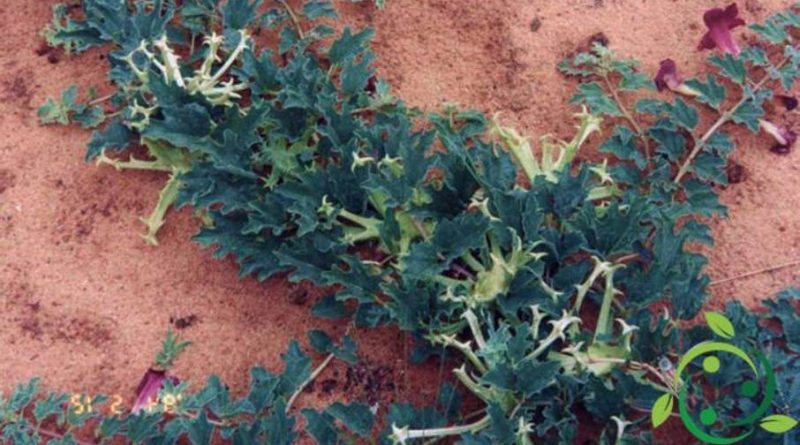How to cultivate the Devil’s Claw
How to cultivate the Devil’s Claw
In this small guide we see the most important characteristics and how to cultivate the Devil’s Claw (Harpagophytum procumbens (Burch.) DC, ex Meisn., 1840). This plant is present in Southern Africa, in the areas of savannah and the Kalahari desert. It is widely used in traditional African medicine and the first European imports date back to the European settlers brought the roots of the plant for the cultivation and treatment of arthritis and joint pains.
Let us remember in the meantime that the devil’s claw is a climbing plant and is a perennial herbaceous species. The buds of Devil’s Claw originate from the tuberous root that is adherent to the ground and its name is due to the presence of bristly and resistant hooks found at the root level. Presents erect leaves, petiolate, lobed and with a fleshy consistency.
The flowers originate from the leaf armpits and are purple-purple in color from which they grow woody, jagged fruits and provided with hooks that recall precisely the sharp claws.
The Devil’s Claw can be cultivated as well as for its properties also as an ornamental plant in our gardens, as a ground cover species, combining business with pleasure; attention, however, because especially for pets is a real nightmare for the painful bites that can be caused.
Being of African origin, the Devil’s Claw should be grown in warmer areas possibly sheltered from nocturnal frosts and with good exposure to the sun. It is a plant that prefers particularly sandy soils, with irrigations to be carried out only during the summer and with sowing in the spring period. Therefore, it is an excellent plant for carpeted areas, not walkable evergreens.
Due to its particular characteristics and properties, this plant is used in many applications in the phytotherapeutic field. With its extracts are prepared ointments, creams, gels, tablets and various other types of preparations obtained from the extracts of the root of the plant.
The anti-rheumatic and anti-inflammatory efficacy of the active ingredients of the root (Harpagosidi) can be compared to that of synthetic anti-inflammatories. It is an excellent adjuvant for rheumatoid arthritis, inflammatory rheumatism, tendonitis, bruises, back pain, sciatica and the like and is very effective for torticollis and other muscle inflammation.
In addition, the root of the devil’s claw, of which the dry extract is used, also favors the elimination of uric acid and is effective in the treatment of gout, especially if associated with preparations of ash, which have an anti-inflammatory component. A particular application is also interesting; is indicated to reduce the presence of cortisones used for rheumatism. Obviously, any use of plant extracts should always be carried out on the basis of a medical prescription and not attempting do-it-yourself therapies.

